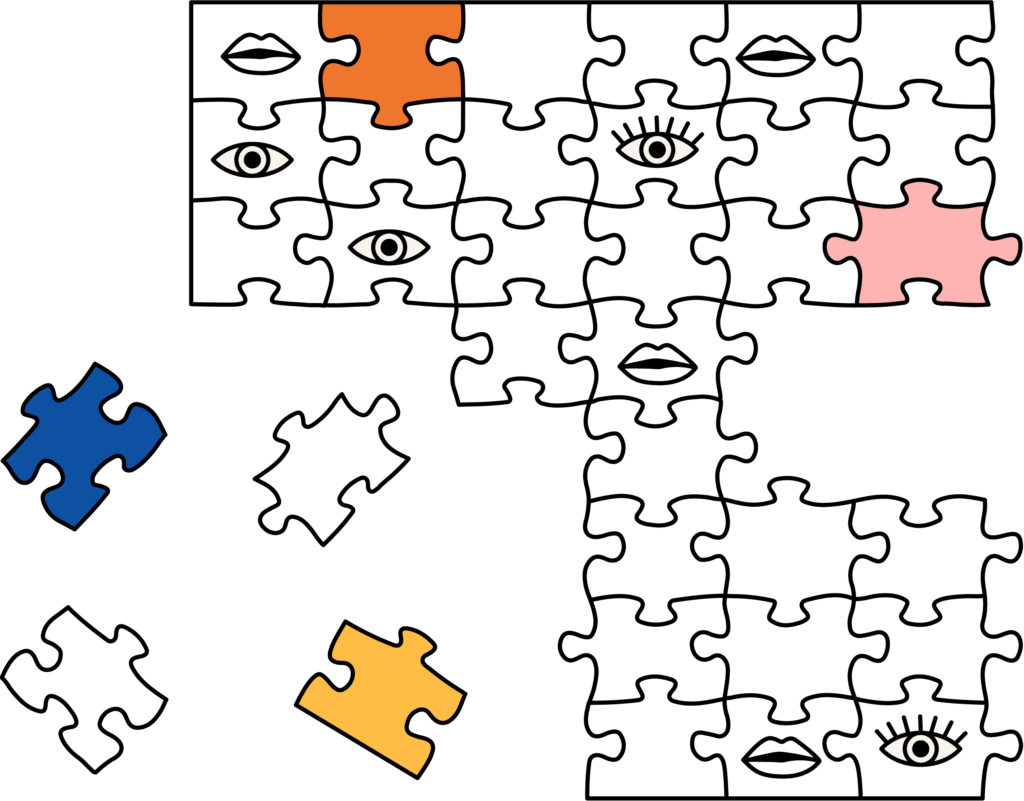While research on interpersonal influence typically studies single settings (e.g., bounded groups such as schools), individuals participate in numerous settings in daily life (e.g., work, family, neighborhood, friends, children’s schools), where they interact with people of their own and other social groups. Consequently, each individual has a unique interpersonal environment (personal network), composed of their interaction partners. These relationships vary in strength, role, duration, and similarity in ethnicity or political orientation, jointly exerting a complex social influence on them. While evidence shows that people with outgroup members in their personal networks have more positive attitudes toward that group, it is unclear how relationship characteristics and network positions moderate this influence.
Furthermore, there is no evidence on the perceptions and spread of inclusivity norms in personal networks. WP3 addresses these gaps. The polarization regarding Catalonia’s independence from Spain provides us with an excellent case to study this. About half of Catalonia’s population favors independence, the other half not, a divide that cuts across families, friendships, and communities. How do people adopt, negotiate, or abandon inclusivity norms while managing these ideological differences in their networks? Which relationships affect individuals’ perceptions of inclusivity norms most? Which network constellations favor conformity, internalization, and active enforcement of inclusivity norms? To answer these questions, WP3 adopts a sequential mixed–methods design, where personal network analysis and semi–structured interviews are conducted in (qualitative) Stage 1 and cultural consensus analysis in (quantitative) Stage 2. For Stage 1, we draw a small sample of citizens in Catalonia (N=76), following qualitative research principles (i.e., the sample is designed to be theoretically meaningful rather than statistically representative). The sample is stratified into people who clearly identify as (1) pro-independence, (2) remainers, and people with (3) more more intermediate ‘pro-autonomy’ stances. In each category, we seek diversity in sociodemographic characteristics and levels of political involvement. To delineate participants’ networks, we use a combination of six name generators related to general socialization and informal political discussion. We then ask about the type and strength of each nominated relationship, the frequency of political discussion on different topics, the perceived positions of their network members on the different topics, and the respondents’ perceptions of network members’ conformity to inclusivity norms. Semi–structured interviewing complements the networks to explore temporal processes of norm perception and adoption, motivations and discursive strategies deployed in political discussion with ideologically similar and dissimilar others, opinions about independence, and the envisioned future society.
